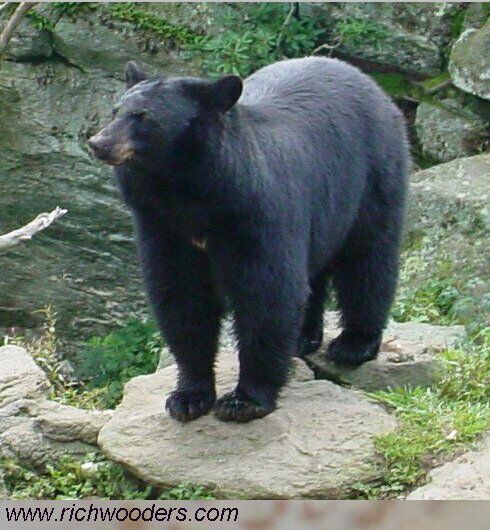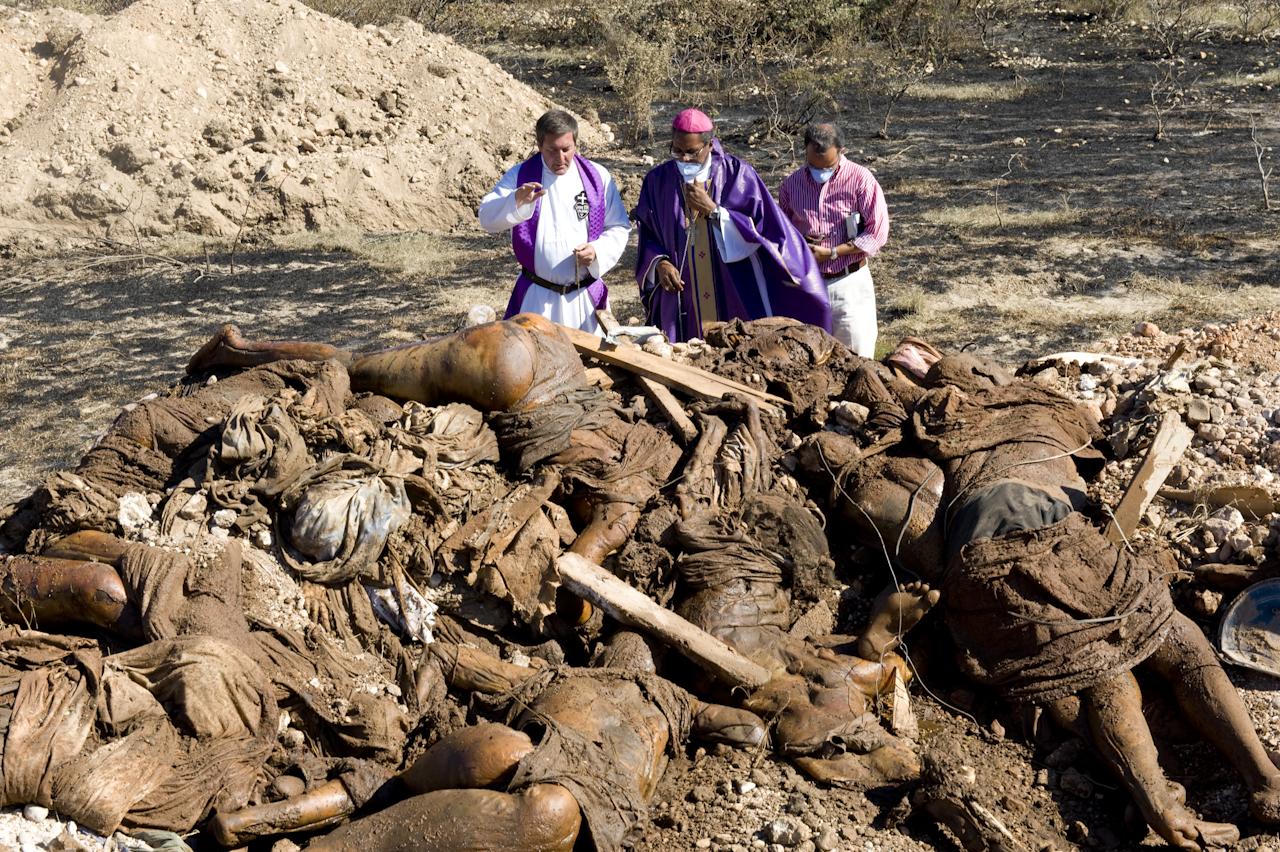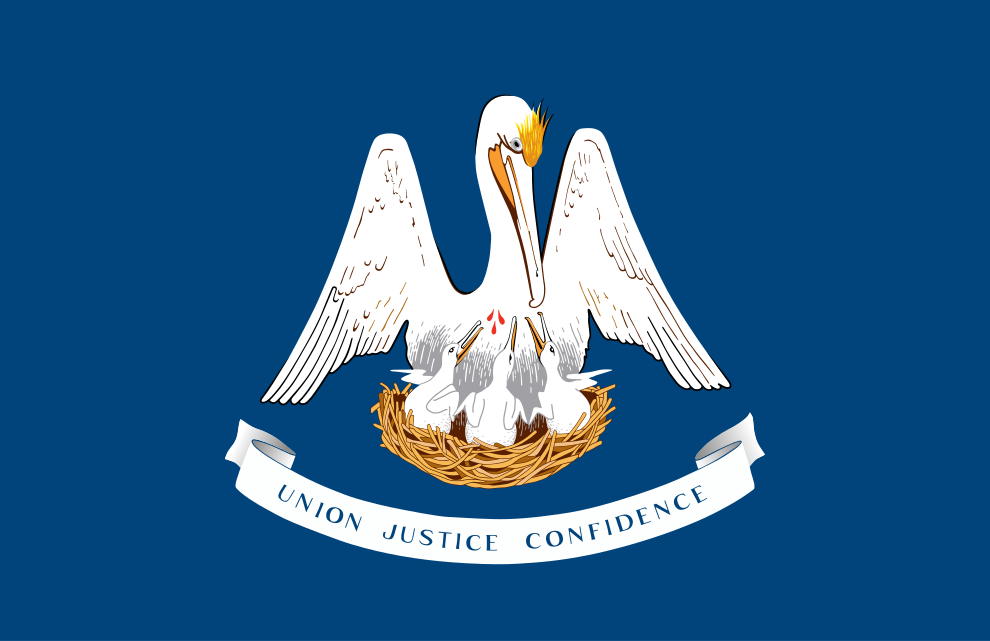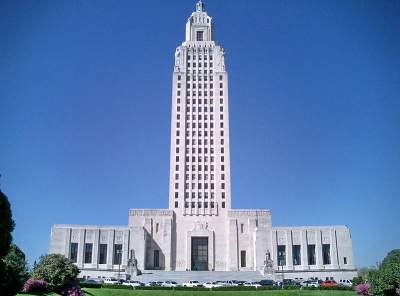Seasonings such as Cheyenne pepper, Tony Chachere’s, Zatarains are prevalent in the cuisine
of Louisiana. While the state is predominantly known for its Cajun and Creole Cuisine, Native American cuisine preceded their
contributions. Creole cuisine is
influenced by traditional French cooking with Spanish, African, and Indian influences.
Although
the food most identified with the state is the Cajun and Creole food of South Louisiana, North Louisiana also has its own
unique cuisine. Traditionally, southern style
Soul food such as smothered pork chops, chicken and dumplings,
candied yams, hot water cornbread, fried chicken, macaroni and cheese, collard
greens, and black-eyed peas are commonly eaten in North Louisiana. For many
years, Crawfish were not eaten outside of Cajun people. People north of Alexandria were more likely to eat
fried chicken or barbecue. Fish fries featuring catfish took the place of
crayfish boils. Today, boiled crayfish is served throughout the state.
Other
foods popular in Louisiana include Gumbo, Etouffee, Jambalaya, Muffalouta, Po’boy, and Red Beans and Rice.
Seafood is especially popular in Louisiana either as an ingredient or as a main
dish such as Shrimp, Crawfish, Crabs, Oysters and Catfish. Swamp denizens such as Gator or
Alligator, Frog Legs, and Turtle Soup is
popular around the bayous of south Louisiana












